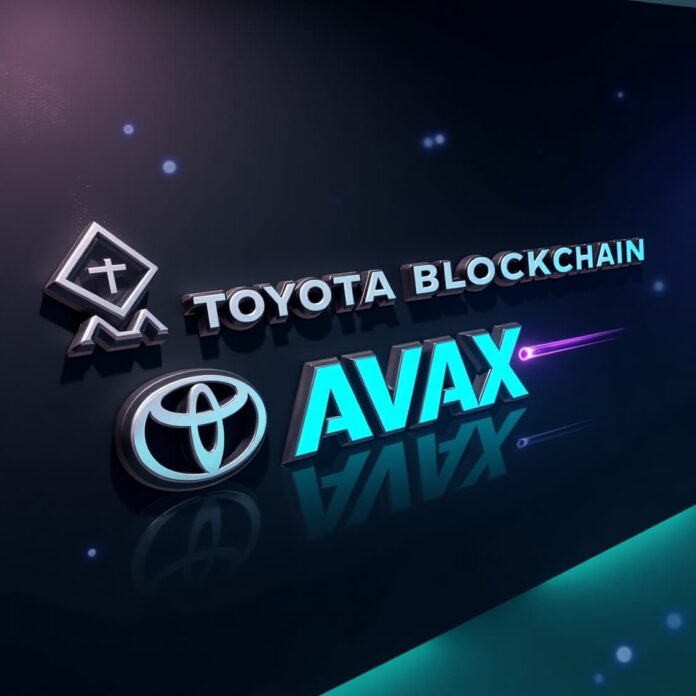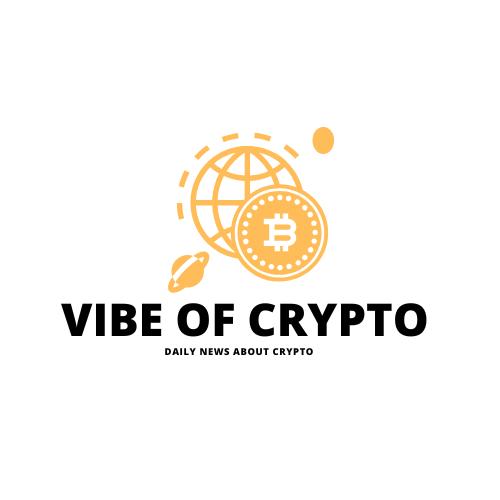Toyota Blockchain MON Lab has launched a new system called Mobility Orchestration Network. This system is built on the Avalanche blockchain and its job is to connect cars, regulators, insurance companies and road infrastructure in one digital platform.
Toyota is the largest car maker in the world. In 2024 they sold 10.8 million cars and remained in the no.1 position for the 5th consecutive time. Now they are also taking steps in blockchain technology.
The purpose of MON is to solve the problems in the transport industry. Like:
- Data is stored in different places
- There is no common network for the car industry
- Every country has different rules
Avalanche has been chosen because it is fast, can be scaled easily and can be connected with different systems.
Table of Contents
How the MON Works
Toyota’s Mobility Orchestration Network (MON) uses blockchain to bridge the gap between companies, industries and regulations so that cars or mobility assets can easily exchange value around the world.
This system is built in 4 levels:
- Avalanche base layer
- Data access and control layer
- Mobility services layer
- Interface layer
Toyota says that MON can be used in different cases. Like processing insurance claims, managing ride-sharing agreements, enabling charging of electric cars and tracking carbon credits. Every transaction will be clear and transparent, and there will be no need for a central authority in between.
Building for the Industry – Toyota Blockchain Mon
Toyota Blockchain MON is part of their larger vision to create a digital system that is based on trust and transparency and is useful for the entire mobility ecosystem.
If this project moves out of the lab and starts being used in the real world, MON could become a model for blockchain-based transport systems. It could become a new way to manage data, payments and services on a global level.
The mobility industry, which includes car makers, insurance companies, regulators and road infrastructure providers, generates a lot of transactions. If MON is successful, it will show that the Avalanche blockchain can handle heavy data and transactions. This will increase the real-world use cases of Avalanche and may also increase the demand for the AVAX token as network fees are paid through it.
On the Flipside
Currently MON is just a prototype, meaning a test version. It has not been officially launched in the market. Until Toyota commits to its actual deployment, its impact can remain limited to hype and speculation.
Why This Matters
Avalanche is currently competing with Ethereum and other blockchains (L1s) in the real-world adoption race. If Toyota launches MON in the real-world, demand for AVAX could increase. But right now this is more of a strategic signal, not a guaranteed success or catalyst.
- Bitcoin 107K Breaks Strong as Bulls Eye Big Win
- Trump Crypto ETF Targets BTC And ETH in 2025
- Metaplanet Bitcoin Purchase Sparks Explosive 1111 BTC Buy
- Hyperliquid Builder Codes Top $10M New Crypto Boom Coming?
- Bitcoin Hits $123K Ahead of Make-or-Break
- Stellar (XLM) Explained: Easy Guide for Beginners
- JPMorgan Launching Crypto-Backed Loans With BTC and ETH
- SYRUP Defies Market Trends After Upbit Listing
- SHIB Hype Fades While Remittix Rises as the Smarter Crypto Choice
- CryptoPunks NFT Sells for $2.5M as NFT Market Shows Fresh Momentum
- XRP Price Expansion Phase: Can Ripple Reach $7 in 2025?
People Also Ask:
What is Toyota’s MON?
MON stands for Mobility Orchestration Network. It is a blockchain-based prototype developed by Toyota Blockchain Lab. Its purpose is to connect automakers, regulators, infrastructure providers and consumers on a digital platform where verification and coordination can be easily done.
Why is Avalanche (AVAX) suitable for Toyota’s MON?
The Avalanche blockchain is fast and can handle a lot of transactions in a secure way. Therefore, it is perfect for the mobility industry where real-time coordination and transparency is required.
What role do AVAX tokens play in MON?
Transaction fees on the Avalanche network are paid with AVAX tokens. If MON starts being used on a large scale in the real-world, then the demand for AVAX will also increase.



